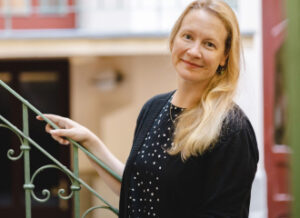This mini-course introduces you to a field: cultural history. Cultural historians question how to analyze, articulate, and define how people ascribe meaning to various ideas, objects, and practices. You’ll acquire a “toolbox” of analytic frames useful for research in any field of study or cultural practice. For our “case study” of cultural history, we will delve into the history of the arts in the Russian Empire and Soviet Union from the late Imperial to the Stalinist period. This is not a comprehensive course on the arts in Russia or the Soviet Union, by any means. Rather, we will focus on the world of the arts by examining social, political and economic structures as opposed to than aesthetics. Ultimately, we’ll question how these structures shape how art is created, funded, managed, and consumed. How does the money interact with the muse?
Our method will by necessity be comparative. Just as artists and officials in the Russian Empire and the Soviet Union looked westwards, so will we, too, refer to the money and the muse in the Habsburg Empire (particularly Galicia) and interwar Poland. You’ll notice that many of the readings are not about our region in particular; this is by design, since the goal is for you to acquire a methodological “toolbox.” You’ll think about the boundaries of the “public” and whether the public includes the state; you’ll think about how art causes political or social change…or not; you’ll think about that mysterious gap between production and consumption of culture; you’ll think about those difficult terms “multiculturalism” and “entertainment” and attempt to work out how artists and officials grappled with them in the 1930s, and how you might do so today. Our meetings will include an interactive lecture on the question of the day, using examples from the arts in the Russian Empire and Soviet Union. Then, we will delve into seminar-style discussions on the texts. Frequent presentations, group work, and close readings will be included.
This course was a part of Jewish History, Common Past and Heritage: Culture, Cities, Milieus summer school.

